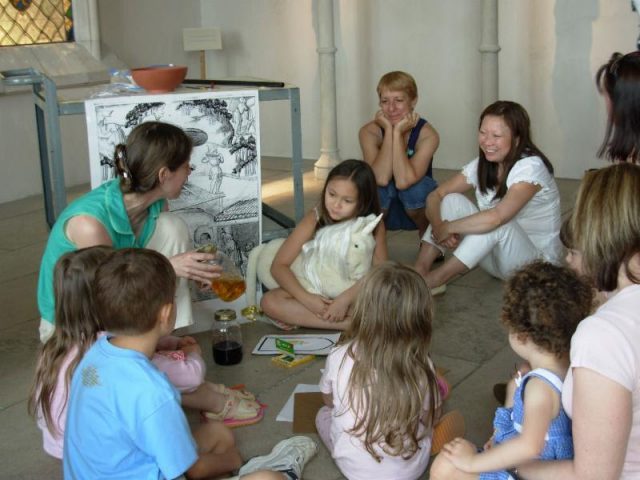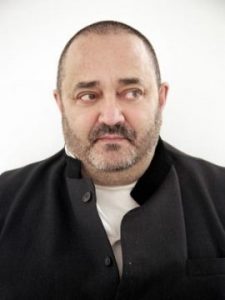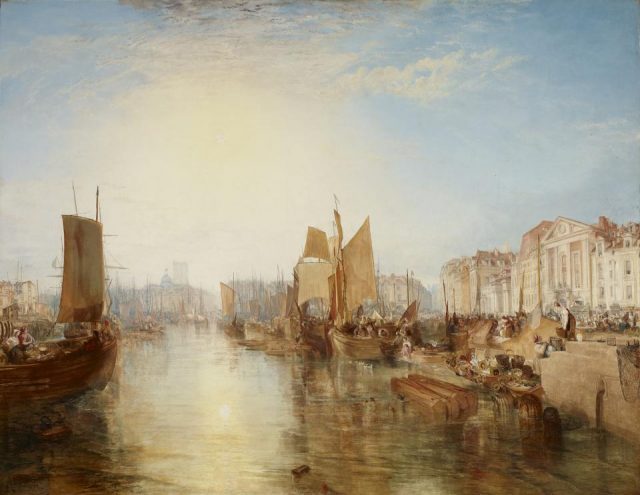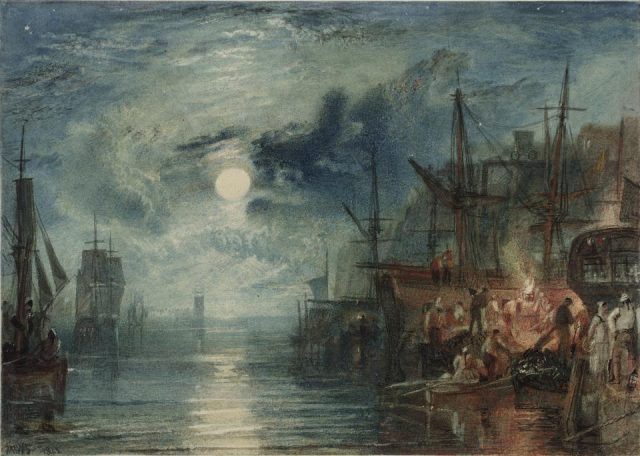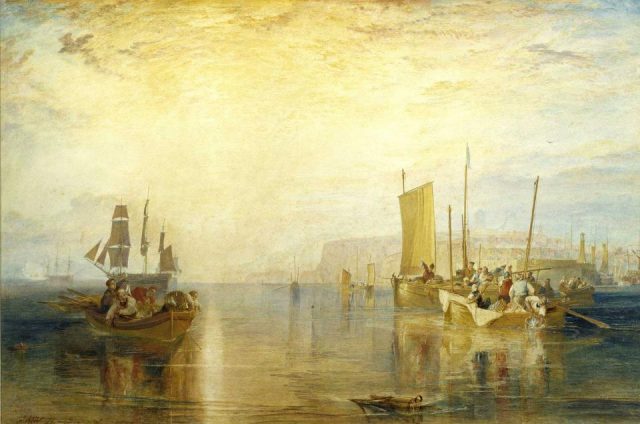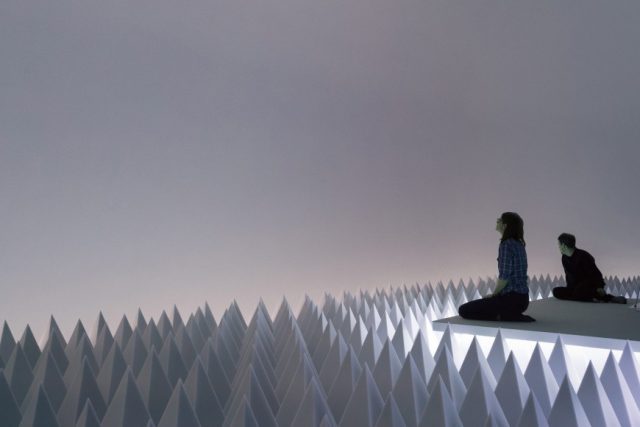
“Doug Wheeler: PSAD Synthetic Desert III” is an immersive, meditative wonderland (photo courtesy Guggenheim Museum)
Solomon R. Guggenheim Museum
1071 Fifth Ave. at 89th St.
Friday – Wednesday through August 2, $18 – $25
Timed tickets through July 31 available June 1 at 10:00 am
212-423-3587
www.guggenheim.org
Don’t miss the special opportunity to experience the otherworldly “Doug Wheeler: PSAD Synthetic Desert III” at the Guggenheim, as timed tickets for twenty-minute visits go on sale June 1 at 10:00 am for the installation’s final month. The Arizona-born Light and Space artist, who lives and works in Santa Fe, has been creating immersive environments that affect visitors’ sense of equilibrium and relationship to reality for more than fifty years, in such installations as “Encasements” and “LC 71 NY DZ 13 DW.” Like fellow Light and Space artists James Turrell and Robert Irwin, Wheeler constructs rooms that stretch the imagination and challenge one’s perception of the world. Conceived in 1971, “PSAD Synthetic Desert III” is a fantastical realm in which no more than five people at a time can enter; the “semi-anechoic chamber” features a platform amid hundreds of gray foam cones spread out across a seemingly infinite landscape, on the floor and the back wall. Meanwhile, a minimized soundscape can be barely heard in the distance, with a drastic reduction in ambient noise. Visitors are strongly encouraged to be as silent as possible in order to best experience the meditative installation, with no cell phones, cameras, or even whispering. Wheeler, who was born in 1939, was inspired to create the work after flying over the Mojave Desert and landing on a dry lakebed, surrounded by emptiness in all directions. “When you’re in some place that has immensity, and it has power in that, and it’s, like, foreign, because there’s nothing human about it,” he says on the Guggenheim blog, “and there are places where I can go where there isn’t a single living thing that you can recognize, there’s not a green bud anywhere, there’s nothing moving on the ground, there’s nothing, and there’s nothing in the sky, and so when you’re in a place like that, and you become conscious of yourself, it changes a lot of your perspective of how we fit in to the mix of the whole universe, really, because we’re just so insignificant.”
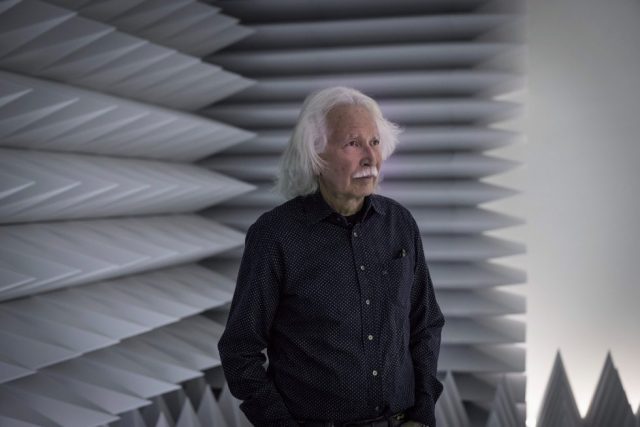
Doug Wheeler oversees first realization of immersive environment at the Guggenheim (photo courtesy Guggenheim Museum)
To get the most out of “PSAD Synthetic Desert III,” you really need to give yourself over to the installation, blocking out all other sound and noise in your head, making room to explore its gentle pleasures and not worry about texting, taking photos, or posting on social media. You can walk around, lie on the floor, or sit while absorbing the unique space. I’m not embarrassed to admit that I was certain that the cones were moving ever so slightly, as if they were alive and softly breathing, but a Guggenheim staff member assured me that was not the case. I strongly recommend the twenty-minute experience, which requires advance tickets that include museum admission; the ten-minute experience is available every day on a first-come, first-served basis, and you will get the next open time instead of being able to choose your own. But no matter how long you’re in “PSAD Synthetic Desert III” for, just let your mind go and you’re in for a real treat, a respite from the madness of the crazy world outside. “It’s something I thought would be really great for New York, because you never escape noise here,” Wheeler continues on the blog. “Just walking down the street is like sixty-seven decibels constantly, and then it goes up from there. So this’ll be a place that you can go where there won’t be any noise. There won’t be anything in there. That’s a big motivation for me to do something in this town, because [for] a lot of people here, that would definitely be a first.”


